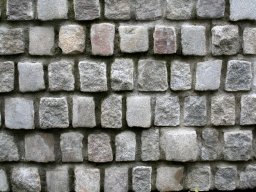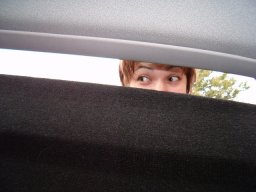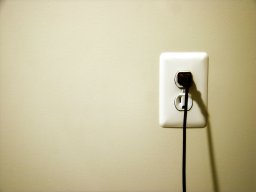I’ve been sifting through some crazy patents lately. It’s hard to believe quite how many have been granted in connection with the humble keyboard.
There are keyboards with keys whose size corresponds to their frequency of use, inflatable and self-illuminating keyboards, radio-controlled ones and even some made of chocolate etc, etc.

I’ve noticed that those of us who type a lot, and are wary of carpal tunnel syndrome, tend to have their keys arranged in a well-defined ergonomic ‘mound’. People who do most of their work on a laptop are not so well catered to, however.
Today’s invention is an ergonomic keyboard for laptops, consisting of keys the individual height of which can be set. This would allow you to experiment with having eg the most frequently used keys standing up more than those less used ones. More practically, it would allow the formation of an ergonomic mound arrangement.
On opening the laptop, each key would be driven, by a small spring, to the comfortable working height determined for it by the user.
Once the work was complete, the screen would simply push the mound flat, as the laptop was closed up in the usual way.










